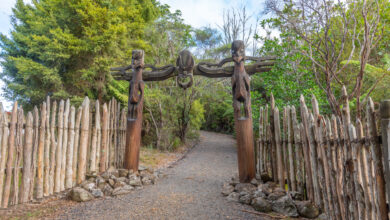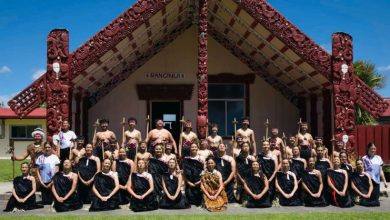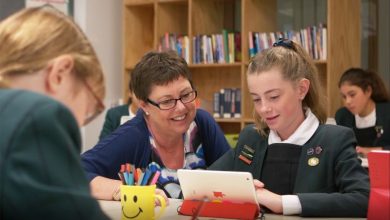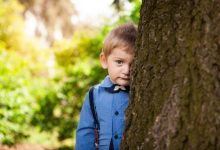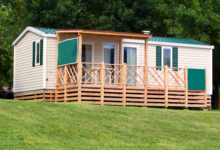Counselling: Coping after a disaster
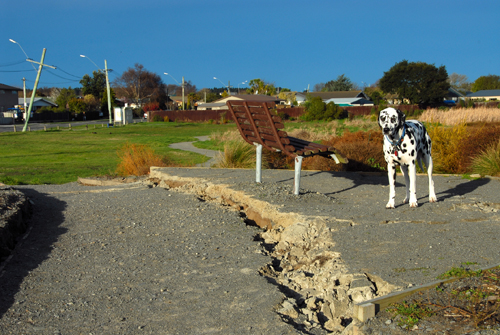
 The morning of Saturday September 4 2010 will be remembered by Cantabrians as the day the earth shook.
The morning of Saturday September 4 2010 will be remembered by Cantabrians as the day the earth shook.
The earthquake that shook Christchurch and the Canterbury region that day, combined with the subsequent aftershocks, saw many families lose their homes, businesses damaged and schools closed.
Just days after the earthquake struck, Save the Children, a charity that looks after the need and welfare of children around the world, sent a team to Christchurch to examine where they could best assist. As a result of its investigations the charity arranged for thousands of Canterbury students, pre-schoolers, teachers and parents to attend workshop sessions in psychosocial counselling.
The workshops, which were held over a six week period, had the backing of the Ministry of Education as a way to help children come to terms with the earthquake and provide parents and teachers with tools and resources to support them.
Let children tell their story Canterbury school children have been given the chance to tell their own personal story of the September earthquake with the creation of a dedicated website: www.whenmyhomeshook.co.nz. |
“Ultimately we were helping schools, students, parents and caregivers return to a normal life in abnormal conditions,” says Dianne France, the technical assurance co-ordinator for Save the Children’s Reassurance Response Project.
“People weren’t traumatised and they didn’t need counselling, they just needed the skills to cope with what had happened,” she says. “They needed reassurance that their actions at the time were ok and that it was ok for their response to the earthquake to be different.”
And it is the adults’ response to these situations that can mean the difference between children getting back to relative normality quickly or continuing to have nightmares and fears.
Given New Zealand’s geography an earthquake, tsunami or volcanic eruption could happen anywhere and at any time. So what can schools do to help students regain some normality and sense of routine in the aftermath of a disaster?
“It is really important that teachers and principals provide appropriate models of behaviour,” says France. “Children learn how to react and respond from adults and need to see the adults around them managing their own lives. It’s ok to fall apart, but don’t do it in front of the children.”
Reinforcing drills around what to do if an earthquake or natural disaster strikes again is also important. “Uncertainty is very scary, so make sure students know what to do if it happens again,” says France. Allowing students to have a lot of time for drawing and creative exploration will help them relive the event and creatively express their feelings. However it can also allow them to look towards the future. “One child was continually building with his Lego then making the buildings tumble down, reliving what he had experience. He was then encouraged to build a new Christchurch and explore a positive future.”
Schools also need to work with parents and build up their trust that the school can care for their children if something was to happen during school hours. “It’s important for children to get back to their normal social networks and have fun,” says France. “People are often too scared to have fun and become hyper-vigilant, anxious and too scared to trust other people with their children. Schools need to provide reassurance that appropriate responses and drills are in place.”
And finally, says France, it is best to be honest about what is happening and take the time to listen to students. “Ask them questions about how they are feeling and why they think certain things. Then take the time to provide information and explain it as honestly as you can without giving them too much detail,” she says.
For the most part, however, students, teachers, principals and parents all need to talk and debrief. “Schools are in a great place to provide situations where people can talk to each other and share their stories,” she says.



